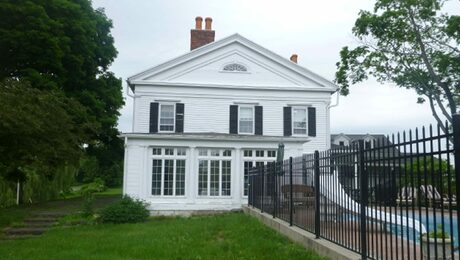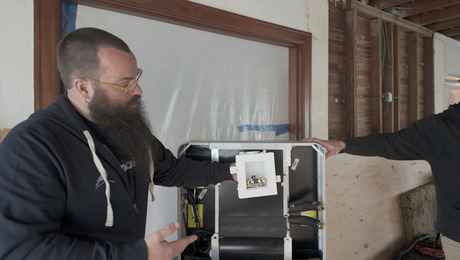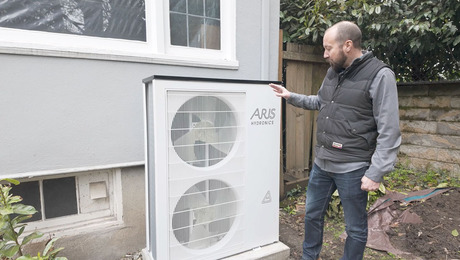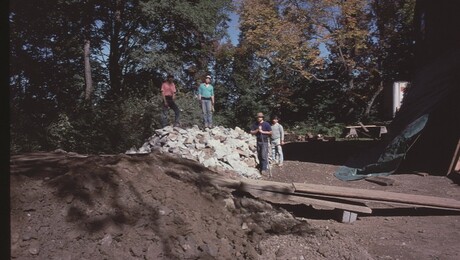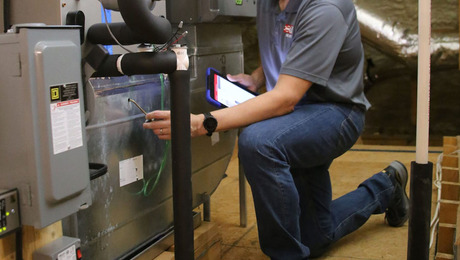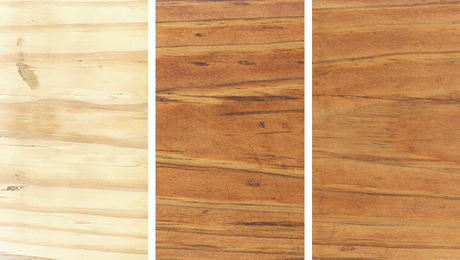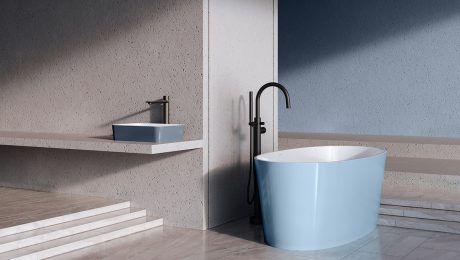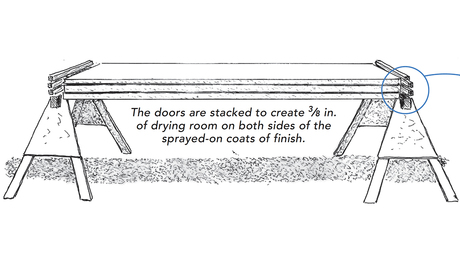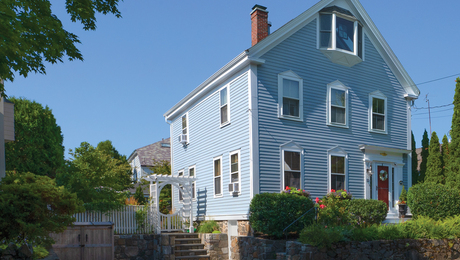Q:
One of my best residential clients has a problem concerning the air quality in his home that I completely renovated in 1988. The house was gutted and refitted with insulated windows and doors, extra kraftfaced batts were installed everywhere possible, and Benjamin Moore primer/sealer and finish coats cover the walls and the ceilings. We made a conscious effort to avoid materials that might trouble the owner and his many allergies. The problem is on the first floor where we vaulted the ceilings and installed double- and triple-ganged skylights. On warm spring days, with no HVAC equipment active, a strange smell, something like new rubber floor mats or plastic trash-can liners, is very evident in these rooms. With the central air conditioning in use, the smell eventually disappears. The odor is not a stale one that you would normally associate with stagnant air; the owner describes it as “an ozone smell.”
I have been there on a bright, spring day and checked an area on the oak floor to see if the direct sunlight was affecting the stain and Glitza finish, but that wasn’t it. The operable skylights were checked for mildew, and we closely inspected the attic and the crawl space for animals, vegetables, minerals, etc. It is odd to me that this problem only recently came up, whereas the owners have been living there for three years with no problem. What could be causing this odor?
Robert Jackson, Atlanta, GA
A:
Dave Menicucci, research engineer at Sandia National Laboratories in Albuquerque, New Mexico, replies: Most odors in residential buildings come from cooking, combustion, outgassing (the release of gases from solids or liquids), malfunctioning appliances or building systems and decaying organics. Cooking and combustion (especially from smoking) are the primary sources of pollution and odor in residential buildings. Cooking can produce strong odors that may last for days. Particulates from combustion may permeate fabrics and furniture, causing odors that can only be removed by washing.
Odors from decaying organic material usually originate in garbage cans; however, occasionally small animals may become trapped in an obscure area of a home and die. The animal carcass may be difficult to locate, and odors may linger for months.
Sometimes odors come from malfunctioning appliances or building systems, as well as from outgassing. Condensate drain pans under refrigerators that hold water for long periods of time cause mildew and mold odors. Sewer gases can creep into homes through traps that have dried out from nonuse. Pouring about a quart of water down the drain to refill the trap solves this problem. Outgassing occurs in new fabrics and wood products. Paints and varnishes may outgas for weeks after they are applied. Enclosed surfaces, such as the interior walls of cabinets, may outgas even longer. Resins used in fiberboard products also outgas for a long time. These outgases may also react with other gases to create different odors in the home. For example, the gases released from curing polyurethane may react with the odorant in natural gas to create a unique and undesirable odor. Because the kitchen is the most likely room to have open gas flames, the odor may seem to originate there.
You can deal with an odor by eliminating its source after some investigative sniffing or by diluting the odorant with outside air from open windows and doors. These are two simple and cheap methods. Air filters, which remove particulates, and activated charcoal filters, which absorb organic gases and vapors, will eliminate airborne agents that cause odors, but these systems are often expensive to install and maintain. Finally, masking the odor with a deodorant is the least desirable solution because it adds a new gas to the environment, which may cause problems.
Your client says the problem has only recently occurred, even though the construction was completed three years ago. This suggests that the odor is not related to the building materials you used. Outgassing from these materials would have been most intense just after construction and would have been noticeable immediately.
Second, you say the odor smells like rubber or plastic trash-can liners. Both of these odors are typical of outgassing plastics or treated fabrics.
Third, the odor is apparently more acute on warm days. Heat can accelerate outgassing from new furniture or from decaying organics, both of which could have been added to the environment recently.
Fourth, you say the odor disappears soon after the ventilation system kicks in. Occasionally, a very dirty electronic air cleaner will produce electric arcing that creates ozone, an odoriferous gas. Also, insects sometimes crawl onto the high-voltage plates of the air cleaner and are burned, creating short-lived odors throughout the house. Obviously, the existing air-conditioning system and the electronic air cleaner are not sources of the problem.
Based on the evidence, outgassing seems the most likely source of the odor. I’d ask your client if he’s added something new to the environment, such as furniture or treated fabrics. If so, he should temporarily remove the new material to see if it is causing the odor.
If this doesn’t solve the problem, then additional investigation should be conducted. You may need to consult an environmental expert to test the air in the house.
